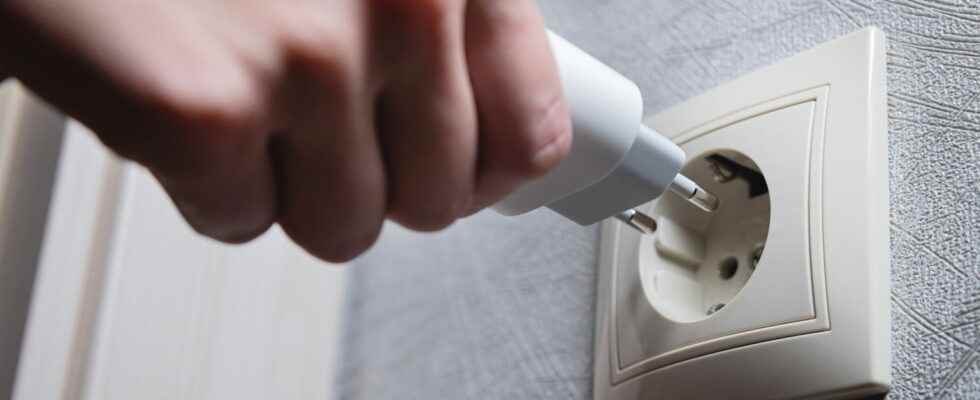PATIENT AT HIGH VITAL RISK. Power cuts are particularly feared this winter. According to Enedis, “people at high vital risk are not among the priority customers defined by the prefectures”.
[Mis à jour le 6 décembre 2022 à 10h27] French households risk power cuts for several hours this winter. The installation of medical devices for High Vital Risk Patients (PHRV) requires electrical current. “The people who are at high vital risk are not among the priority clients defined by the prefectures“said Laurent Méric on BFM TV December 5. “But they won’t be left behind. The patients concerned are called upon to report to the Regional Health Agencies (ARS) who can then designate them to Enedis“added the spokesperson for Enedis. Before specifying”We pay special attention to them, they have a dedicated phone number. We will call them, we will send them an SMS, an email, to see if they have taken precautions“. These people will then be routed”in a place that will not be relieved so that the greatest guarantee is brought to theme” assured Laurent Méric. The PHRVs must therefore register with their region in order to be warned in the event of a power cut by their distributor (EDF, Enedis, etc.). Who are the high risk patients? How to subscribe to the list? What to do in the event of a power outage?
Definition: Who are High Vital Risk Patients?
A Patient at High Vital Risk (PHRV) is suffering from serious pathology(ies) or organ(s) failure(s) and cared for at home in order to take care of his well-being. The use of electrical medical devices for its treatment is necessary and vital. It’s about :
- patients on ventilators having an autonomy less than or equal to four hours per day (i.e. more than 20 hours out of 25 under equipment)
- children on parenteral nutrition (artificial nutrition technique administered intravenously. It supplements or replaces oral feeding with intravenous infusion)
Since 1997there is a particular information device for PHRVs at home in the event of a planned or accidental power outage, based on registration with the regional health agency and Electricity Network Distribution France (ERDF). To prevent a power outage, scheduled or not, the so-called “high vital risk” patients must be registered on a list to be alerted. The patient should go see his general practitioner or specialist and this fills a medical certificate (document deer) which it then forwards to the Regional Health Agency (ARS). The doctor must provide a pre-printed medical certificate; a doctor’s questionnaire; a patient questionnaire. The device is activated for one yearafter which the request must be renewed under the same terms. In the event of a temporary or permanent change of residence, the patient will have to file a new request.
What device in the event of an EDF cut?
Local distribution companies (EDF, Enedis) have an obligation to inform (and not food) for people on medical assistance. Persons registered on the PHRV list benefit from information from the local distribution companies in the event of a scheduled outage, but also the provision of a number to contact in the event of an unscheduled outage in order to obtain information on the foreseeable duration of this outage.
► If the power cut is programmed for work on the electrical network, the people on the list are notified by post 5 days in advance at the latest.
► If the cut is unexpected, the person has a specially reserved and confidential telephone number, brought to the sole knowledge of those concerned, to contact the distribution service, which indicates the probable duration of the outage. The objective of this device is to allow the patient and his entourage to organize themselves, in particular because of the limited autonomy of the emergency power supply systems.
The ARS recalls that these provisions do not exempt patients from being equipped with equipment having their own electrical power supply means, the only one capable of allowing them to have electrical autonomy for a determined period known to the public. ‘advance. It is possible to consider the installation of an emergency generator: the portable models allow an autonomy of several hours but it is necessary know the power needed depending on the type of material used and the cost is high.
Sources:
– Definition of patients at high vital risk. HCSP, 2015.
– High Vital Risk patients cared for at home, Gérédis,
